Introduction to the Corn Dog Plant
The corn dog plant, also known as cattail captures the imagination, and attention, and attracts people with its fascinating visuals. Referred to as nature’s corn dog, corn dog plants can add beauty to your garden, and enhance the visual interests of your garden. Corn dog plant has a unique and attractive appearance.
An essential part of the ecosystem, the plant is found in many wetlands around the world. They play an important role in both visual attractions, and beauty, and enhance the biodiversity of the ecosystem. corn dog plant resembles a corn dog on a stick.
You may like:
Corn dog plants earned different names due to their unique appearance. “plant looks like corn dog”, “wild corn dog plant”, “fluffy corn dog plant” and “nature’s corn dog plant” are some names, given to the cron dog plant. This plant has tall, slender stalks, and sausage-like seed heads.
The Origins of the Corn Dog-Looking Plant
Dating back millions of years plant corn dog is one of the most ancient plants on earth. Although the corn dog-looking plant is native to tropical and temperate regions worldwide it thrived in marshes and wetlands for centuries.

fluffy corn dog plant or cattail was a source of fascination for various cultures due to its corn dog-like appearance and it was utilized as a source of utility by indigenous people. Indigenous peoples of various cultures used corn dog plants for medicine, food, and crafting different materials.
plant corn dog or plants that look like corndogs can survive in various conditions. water corn dog plants or cattails spread over different continents due to their ability to thrive in waterlogged areas and other harsh conditions. They are contributing to the beauty, biodiversity, and ecosystems of different areas all over the world.
What Makes It Look Like a Corn Dog?
Corn dog plant got their names from the popular snack “corn dog” due to their striking resemblance. The plant’s unique and distinctive appearance comes from its cylindrical and dense flower spike, which resembles sausage on a stick.
Packed with thousands of seeds of nature’s corn dog plant, the “corn dog” is the head of the plant which creates dark or brown tan, green stalk, and makes the plant a taller plant. These qualities and looks or features of the plant create an unmistakable look that resembles a corn dog.
The early looks, and solid, smooth, and brown appearance of the plant earned him the nickname “corn dog plant”, “corn dog shaped plant”, or “water corn dogs plant”. when the plant moves toward maturity, the seeds mature and the flowers begin to fluff out but the early stages can surely remind you of the “corn dog”.
Common Names: Corn Dog Plant, Water Corn Dogs, and More
Corn dog plant has several names given by different people and regions each highlighting its unique and distinctive look and appearance or habitat. Most of the time it is referred to as the “Corn dog plant” due to its striking resemblance and looks to the “corn dog” snack.
Sometimes it is referred to as a “water corn dog plant” because it can thrive in waterlogged and aquatic environments. They thrive in wetlands. The corn dog plant is also known as the “nature corn dog plant” due to its natural looks. It mimics a “corn dog” so closely and naturally that it is given the name of “nature corn dog plant”.
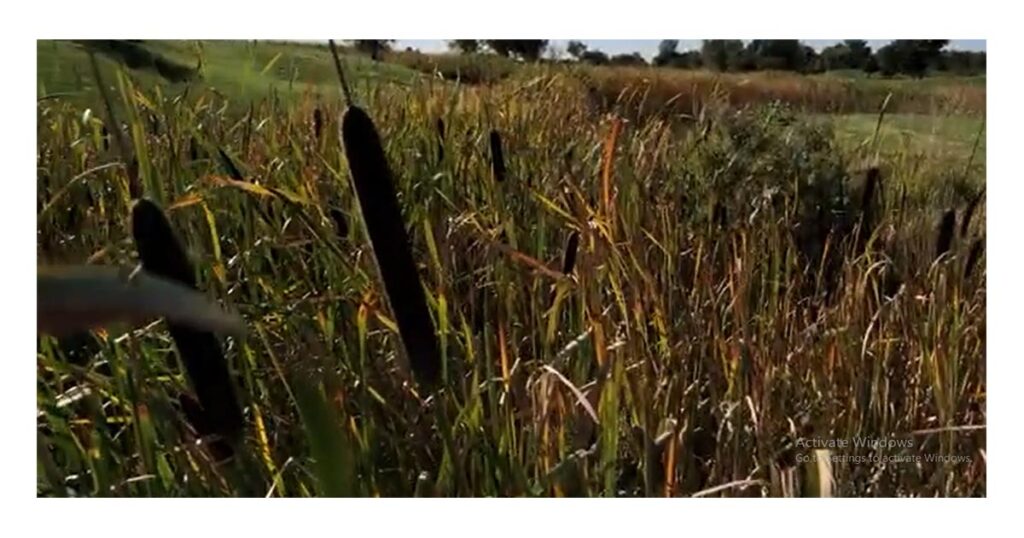
Scientifically known as Typha the corn dog plant gained popularity with its nicknames “fluffy corn dog plant”, “wild corn dog plant” and “plant corn dog”. These names made these plants more memorable, accessible, and easier to identify for the people who encounter them in the wild.
Botanical Classification and Species
Typhaceae is a family of water corn dogs plant that includes more than 30 different species and types of cattail plants. There are various types of corn dog plants in the family but two are common species of cattails. Typha latifolia (broad-leaf cattail) and Typha angustifolia (narrow-leaf cattail) are the most common types of cattail.
water corn dog plants and their different species are distributed across the world. They are enhancing the aesthetic looks, biodiversity, and ecosystems in Europe, Asia, North America, and Africa. Their botanical classification is the monocotyledon group, which has only one seed leaf in its embryonic stage.
For you:
the plant looks like a corn dog or corn dog-shaped plant and has become a familiar sight around the world with its iconic brown seed head, grass-like beautiful, and tall leaves. It spread around the world due to its ability to adapt and survive in various environmental conditions. It has become a common sight around wetlands, marshes, and the edges of ponds and lakes.
Natural Habitats of the Corn Dog Plant
Water corn dog plants flourish in wetland areas or environments. Lakes, marshes, and ponds are their favorite areas to thrive in making them their primary habitats. corn dog-shaped plant prefers shallow water where the tall stalks rise above the water but the roots berth in the muddy substrate.
Wetlands have favorable conditions for plants to grow and flourish. They have enough water, plenty of sunlight, and sufficient nutrient-rich soil. These plants are found around and near the edges of freshwater bodies such as lakes, ponds, and marshes where they form dense stands to dominate the landscape.
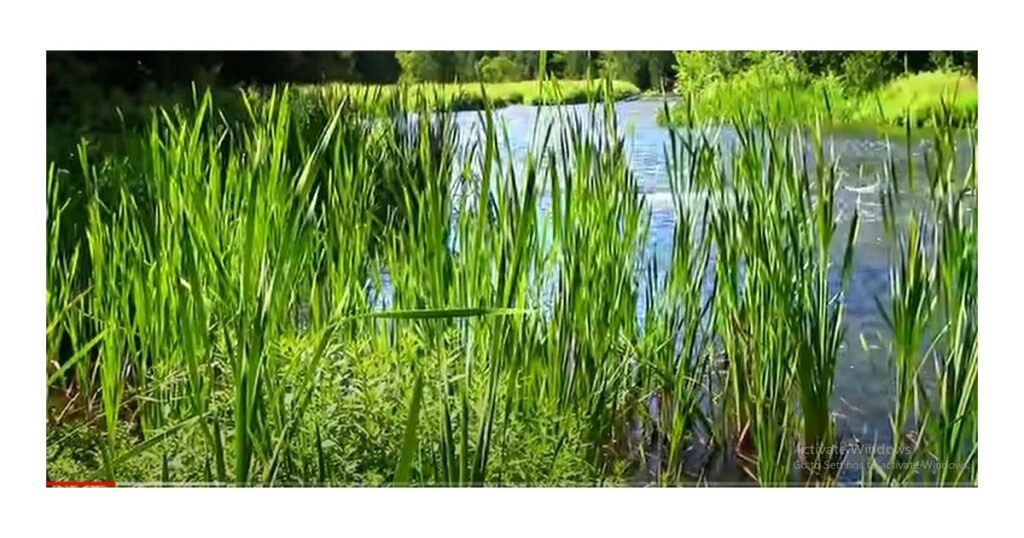
plants that look like corndogs are also suitable for the regions or areas where the water is still or slow-moving. These plants can adjust to the conditions of the area and the available resources. They prevent erosion and provide habitats to various wildlife species.
Growing Conditions for the Corn Dog Plant
The corn dog plant or fluffy corn dog plant flourishes and thrives in wet conditions. They prefer waterlogged and damp soil. There are special conditions for the plant that looks like a corn dog to thrive. They require marshy, shallow, still water, soggy soil, and damp areas to grow and thrive in.
Corn dog-shaped plants also need full sunlight to reach their maximum height and produce beautiful and iconic brown seed heads. Although they can survive and thrive in various conditions, they prefer temperate regions. They can adjust themselves to various climates and environmental conditions. They can tolerate a range of temperatures.
The plant that looks like a corn dog’ ability to thrive and flourish in wet and nutrient-rich soil, makes them resilient to different problems and issues. This ability helps them to spread quickly in suitable conditions and environments. This adaptability makes them found commonly around the world in different regions and especially in the wet and marshlands.
The Role of Water in the Growth of Water Corn Dogs
Mostly found in marshes, waterlogged regions, and near ponds and lakes Corn dog plants or water corn dog plants rely on wet conditions to thrive. Consistent water is an essential part of the corn dog-shaped plant. The roots of the plant anchor in waterlogged, muddy, and wet soil. They absorb necessary nutrients and moisture from the wet soil.
cattails grow and spread through both rhizomes ( underground stems) and seeds. They move underground through the damp and waterlogged soil to produce new fluffy corn dog plants. So water is not necessary only for the support of the plants but it is an essential part in the reproduction of the corn dog plants.
The lifecycle of the corn dog plant is based on a proper and steady water supply. the plant that looks like a corn dog will struggle to maintain its spread, growth, and reproduction if there is insufficient water or waterlogged soil. So marshes, aquatics, and wetlands are necessary for the growth and spread of the corn dog plant.
Ecological Importance of Nature’s Corn Dog Plant
Corn dog plants, corn dog-looking plants, or natural corn dog plants play an important role in retaining good, healthy, and vibrant ecosystems of the wetlands. They provide shelter to various wildlife such as insects, amphibians, and birds.
The roots of the corn dog plant stabilize the soil and the stand of the plants provide sites for birds’ nesting. The plant corn dog plays an important role in cleaning the environment. The corn dog plants clean water by absorbing pollutants and trapping sediments.
They are also a source of food for different animals. They contribute to the food chain as their seeds are eaten by birds. The rhizomes of the plants are eaten by animals such as muskrats.
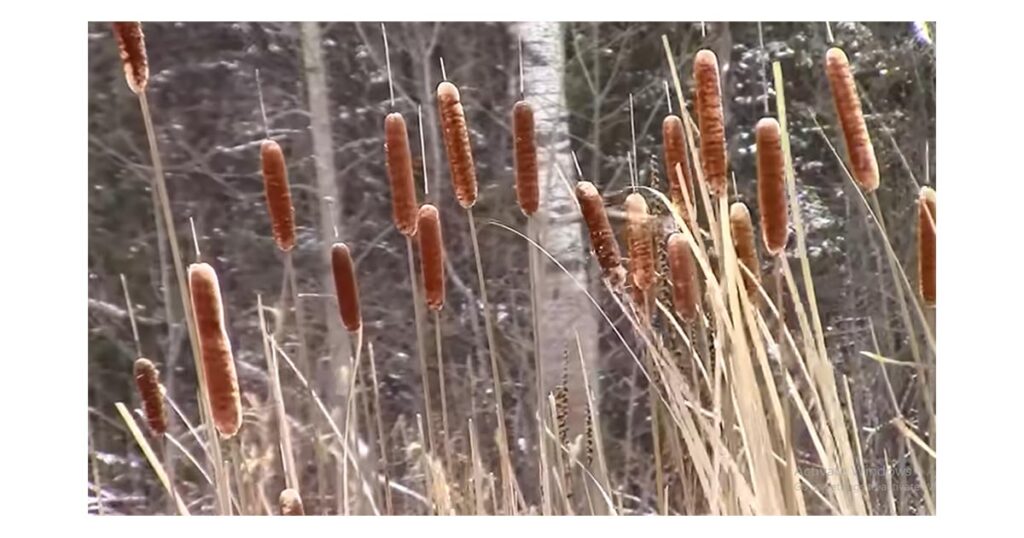
There are many more ways that are highlighting the importance of corn dog plants. They are not only good survival food for birds and small animals but the fiber that the corn dog plants produce is an exceptional mattress, insulation, and pillow fiber. So, the benefits along the ecological benefits can underline the importance of the plants.
Uses and Applications in Landscaping
The special appearance of the corn dog-looking plant makes it one of the favorite plants for gardeners. Corn dog plants can be used for various factors in landscaping and designing gardens. The special and unique appearance of the plants makes them special for ecological, design, and landscaping benefits.
Corn dog plants are a common choice of gardeners to design and create naturalistic, wildlife-friendly, and low-maintenance garden settings. Its tall and upright stalks, make them a common choice among plant lovers. Its unique and distinctive seed head is an attractive choice to create wildlife-friendly, and naturalistic gardens.
water corn dog plants can play a vital role in adding an aesthetic look to the landscaping of the garden. They can add vertical interest by adding texture to your water garden. These plants are found around marshes, ponds, lakes, and waterlogged soil which make them aesthetically pleasing.
these plants are very useful to prevent erosion in the soil. They can stabilize the soil spreading their roots under the ground. They are good filters for water purification. They can absorb water pollutants. They can play a vital role in cleaning water by planting them around ponds, lakes, and water treatment plants.
corn dog-looking plants are considered some of the most valued plants for their low maintenance and unique looks. They can play a major role in maintaining the aesthetic looks of your garden while providing food for various wildlife animals. They can enhance the aesthetic appearance and functional aspects of your outdoor spaces.
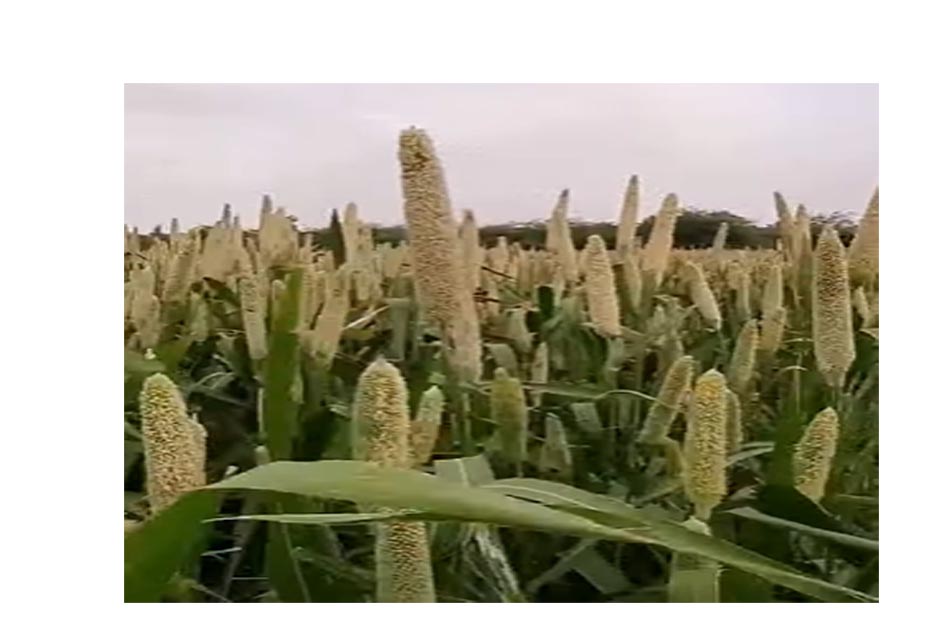
Cultural Significance of the Corn Dog-Looking Plant
Fluffy corn dog plant or cattail has been an important factor and holds its significance in various cultures, regions, and wetlands around the world. People from around the world have been using these plants for various benefits. Indigenous people used these plants for food, crafting materials, and medicine.
The seeds and rhizomes of the corn dog-looking plant were a great source of food for birds, animals, and people of different regions. The tall stalks have been used for crafting materials such as making baskets, mats, pillows, and other woven items. The plant has been featured in various traditional ceremonies.
They symbolize a close relationship between humans and nature. Distinctive looks, practical benefits, and various uses of the plant make it one of the special plants in the cultural heritage of many communities. They represent the resilience of the people and their love for nature.
Differences Between the Corn Dog Plant and Similar Species
Some plants and species can be confused with the corn dog plant, although it is distinctive and unique from those plants and species. A common plant that can be confused with the corn dog plant is bulrush. Bulrush is also a wetland plant.
The difference is that the bulrush has a rounded club-shaped head while the corn dog plant has a cylindrical, and sausage-like seed head. Bulrushes mostly have grass-like looks and appearances while the wild corn dog plant has broader leaves compared to the bulrushes.
Cattails have similarities with some other plants. Corn dog plants can be confused with Reed. Reed also grows in wetlands and marshes but they have some differences. Reed is thinner and taller than the corn dog-shaped plant. The head formations are also different.
Identifying the corn dog plants is easier by looking at their characteristics. They have tall stalks with wider leaves shaped like a “corn dog”. The plant corn dog can be recognized by its special appearance and aesthetic looks. They would stand out from the surroundings and other plants.
Conservation Status and Environmental Concerns
There are no threats to the conservation status of the plant corn dog. Its conservation status is stable but some environmental factors may affect their habitats. Marshes and wetlands are the most thriving places for plant corn dogs but they are in danger due to developmental changes, climate changes, and pollution.
Land drainage, urban expansion, and other developmental factors are causing the loss of these crucial habitats of plants that look like corndogs and other species. These activities are reducing the plants growing regions and areas.
Water pollution is another big reason to worry about the causing factors of the plants’ habitat loss. Industrial and agricultural activities are polluting the freshwater reserves. These activities are negatively affecting the environment, plants’ health, and the overall quality of the ecosystems.
Also Read:
Protection and conservation of the wetlands are important to ensure the health, beauty, and overall quality of the plants along with other plants. We can maintain the ecological balance and biodiversity of the ecosystems by restoring and preserving wetlands regions and habitats of various plants.
Fun Facts About Nature’s Corn Dog Plant
There are some interesting facts about the plants that look like corndog plants. Along with its unique and distinctive looks and appearances, corn dog looking plant come with some intriguing facts that enhance its charm.
The corn dog plants’ seeds are a source of food for various species. The plant’s seed head which resembles a corn dog is a rich source of food for birds and other animals. They have been used as medicine. They are rich in nutrients and are a favorite among various birds.
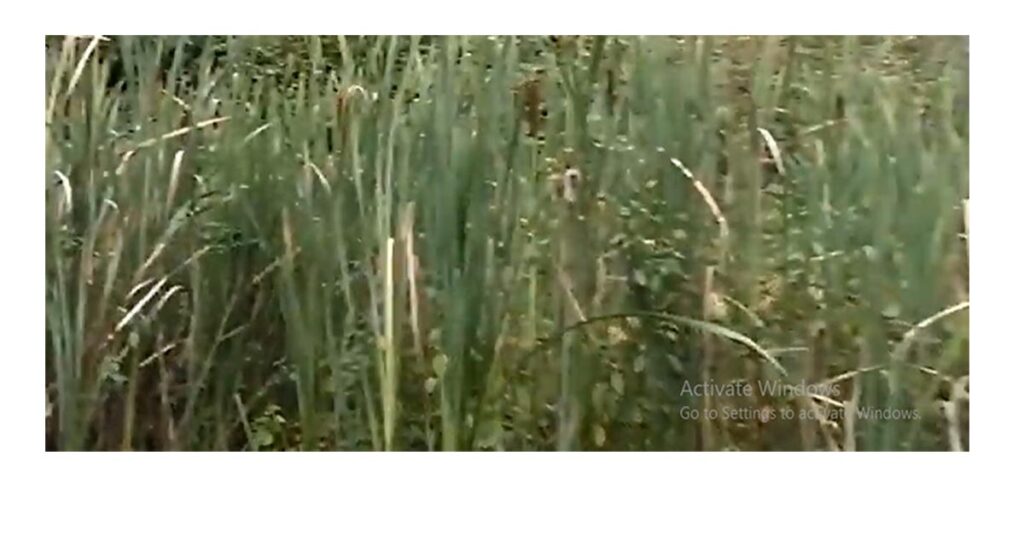
The plant’s stems and leaves are also very useful. They have many uses. They have been used for various crafting materials. They are a good source of mats, and thatch roofs, and produce good pillow fiber. The leaves and stems of the corn dog plants are very versatile.
The plants that look like corndogs are very resilient due to their adaptability and unique reproduction strategy. These plants spread through both rhizomes and seeds. They spread under the ground very easily and can colonize the surrounding areas very efficiently.
cattails have an important place in various traditions. They have a special place among different communities and their cultures. The corn dog plant has been featured in various folk traditions and the art forms of indigenous people for its distinctive and unique looks.
Conclusion: Why the Corn Dog Plant Captures Our Imagination
Various reasons make the corn dog plant an attention or imagination grabber. The distinctive and unique eye-catching facade, green stalk with brown and sausage-like seeds head, and its exact resemblance to the popular snack are enough to catch anyone’s attention or imagination.
These striking looks, appearances, and features highlight the ecological importance of the plant and underline its role in natural habitats. The plant’s ability to thrive in harsh and waterlogged conditions can signify the health of the wetlands and underscore the plant’s importance in ecosystems.
Along with its visual applications and unique looks, the corn dog plant has an important role in various cultures and holds practical value in these communities. They have been used for crafting materials, food, medicine, and for fiber. These practical uses can demonstrate the versatility of the plant in various communities.
The cattail is still relevant in the modern day. They are still playing an active and important role in the aesthetic looks and garden designs. They prevent soil erosion due to their strong stand and they can filter water pollutants. This historical and contemporary blend can enhance the importance of the corn dog plant.
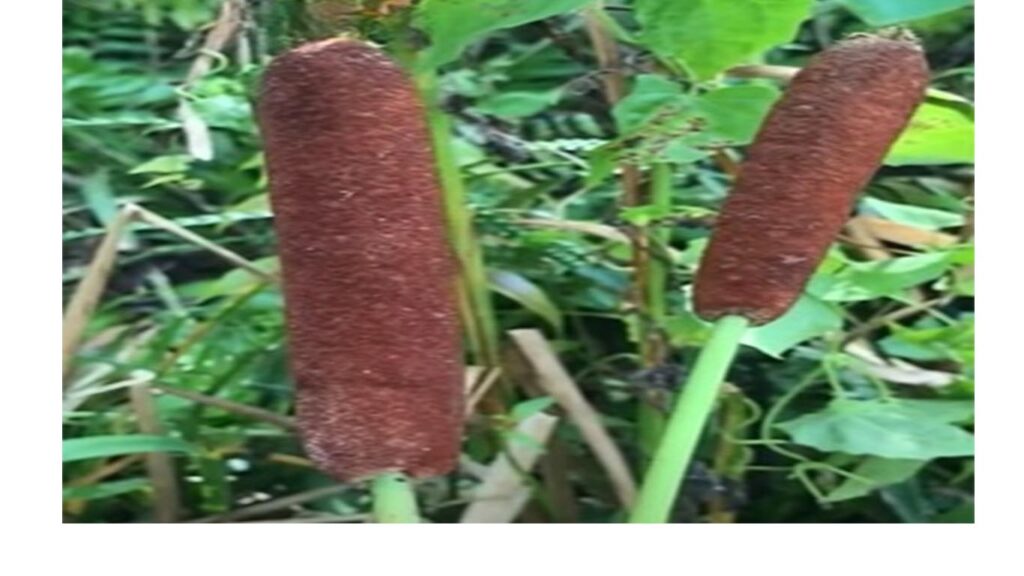
The corn dog plant conservation status is stable but it has some threats due to the developmental works and changes. Their habitats are in danger due to climate change, urban expansion, and water pollution. We have to overcome these threats to continue the connections between humans and nature.
We can preserve and protect the beautiful and striking species of the plant by ensuring we protect the habitats of the corn dog plants. In this way, we can preserve the health, beauty, and overall quality of our ecosystems. We can reaffirm our commitment to continue our support for a healthy and balanced environment.
The corn dog plant is not just a beautiful and distinctive plant but is a testament to a rich, beautiful, and interconnected world and relations between humans and nature.
Top choice:
FAQs about corn dog plant:
What is the corn dog plant thing?
The locally found corn dogs are “Typha latifolia“. They have both male and female plants. The female plants produce corn dogs.
Is corn dog plant edible?
Yes, corn dog stems can be boiled and eaten at an early age. When the plants mature, the stem turns into pollen and can be used as flour or supplement.
What are corn dog-like plants?
corn dog plants have many nicknames such as ” plant corn dog”, “corn dog looking plant”, “natural corn dog plant” and cattails.
Why is a corn dog called corn dog?
This tasty snack got its name from its simple and good design.
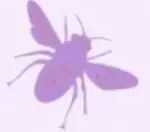
4 thoughts on “10 Exciting Facts about the Corn Dog plants-A step by step guide”